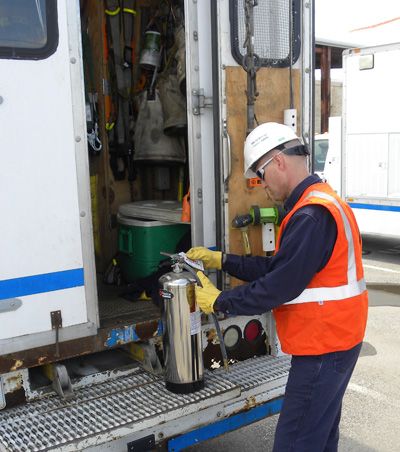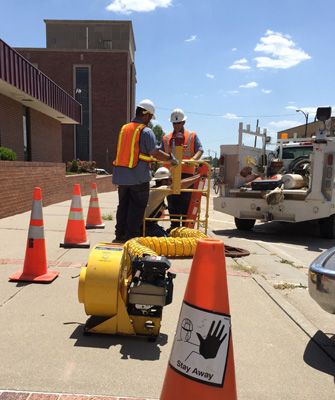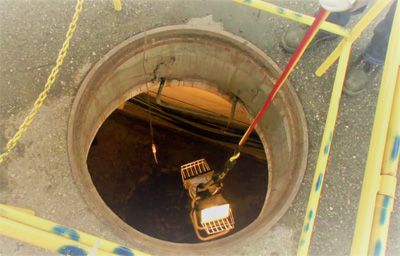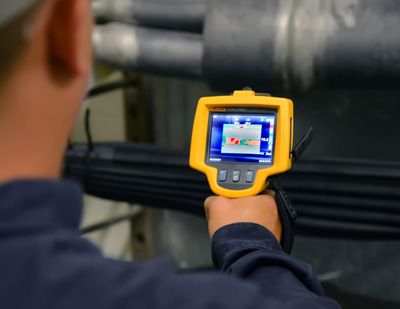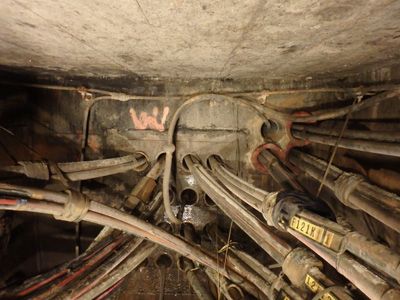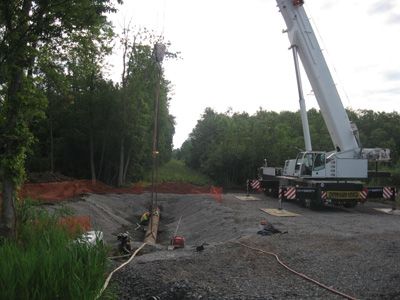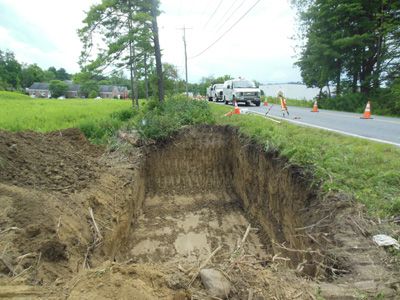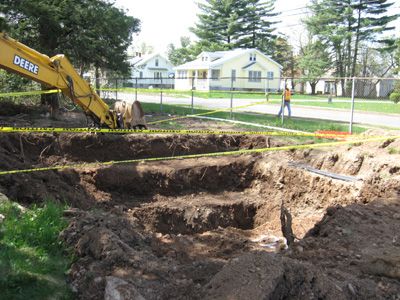Tag: underground
Safety Concerns When Working In and Around Manholes and Vaults
Written by Michael Stremel, CUSP on . Posted in Safety Management, Tailgate Topics.
October 2017 Q&A
Written by Jim Vaughn, CUSP on . Posted in Worksite Safety, Q & A.
Voice of Experience: De-Energizing Lines and Equipment for Employee Protection
Written by Danny Raines, CUSP on . Posted in Worksite Safety, Voice of Experience.
August 2017 Q&A
Written by Jim Vaughn, CUSP on . Posted in Safety Management, Worksite Safety, Q & A, Grounding.
Confined Space Training: It Has to Be Done Right the First Time
Written by Tony Barton on . Posted in Safety Management, Worksite Safety.
Using Thermography for Underground Worker Safety
Written by Peter Tyschenko and Michael Meathe on . Posted in Safety Management, Worksite Safety.
Voice of Experience: Switching and Working on UD Systems
Written by Danny Raines, CUSP on . Posted in Safety Management, Worksite Safety, Voice of Experience, Equipment Operations.
Underground Electrical Vaults: Safety Concerns and Controls
Written by Chris Grajek, CRSP, CUSP on . Posted in Safety Management, Worksite Safety.
Tricks of the Trade to Improve the Trenching Environment
Written by Jarred O'Dell, CSP, CUSP on . Posted in Safety Management, Worksite Safety.
Train the Trainer 101: Practical Personal Grounding in Underground Work
Written by Jim Vaughn, CUSP on . Posted in Safety Management, Worksite Safety, Train the Trainer 101.
Protective Systems for Trenching and Excavations
Written by Jarred O'Dell, CSP, CUSP on . Posted in Safety Management, Worksite Safety.
Trenching by the Numbers
Written by Jarred O'Dell, CSP, CUSP on . Posted in Safety Management, Worksite Safety, Equipment Operations.
Train the Trainer 101: Practical Underground Safety: Handling Neutrals and Rescue
Written by Jim Vaughn, CUSP on . Posted in Safety Management, Worksite Safety.
August 2015 Q&A
Written by Jim Vaughn, CUSP on . Posted in Safety Management, Worksite Safety.
Notes From the Underground
Written by Jim Vaughn, CUSP on . Posted in Worksite Safety.


